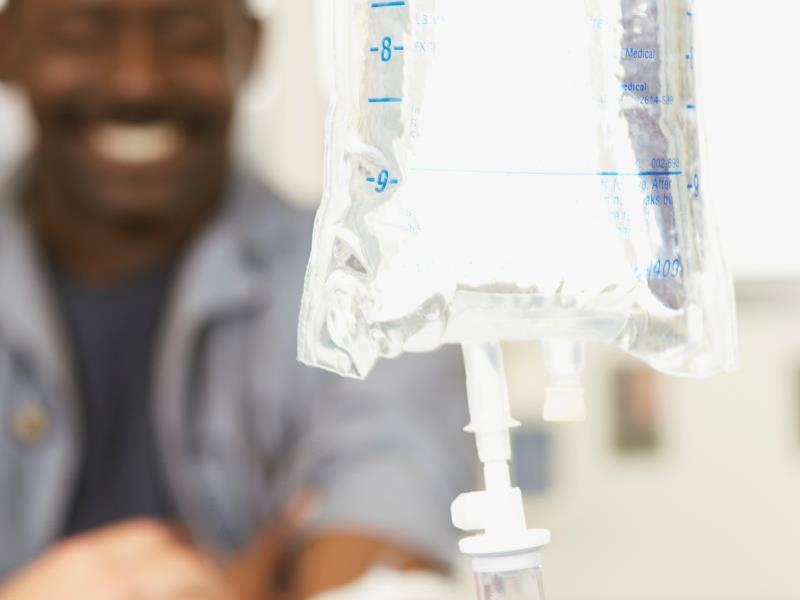

Author: Dr Elham Blouet, Global market manager Injectable and Dialysis, Global Business Unit Pharma & Health, Roquette.
Parenteral preparations are defined as solutions, suspensions, emulsions for injection or infusion, powders for injection or infusion, gels for injection and implants. They are sterile preparations intended to be administrated directly into the systemic circulation in human or animal body.
They are required, like any pharmaceutical dosage forms, to meet the pharmaceutical quality standards as described in pharmacopeias and to be safe for the intended purpose of use.
In addition to be sterile parenteral preparations must be pyrogen-free. Sterility can be achieved by different processes of sterilization that should be appropriate to the formulations , while the pyrogen-free aspect will require , if no depyrogenation process is used during the preparation of the sterile drug products, the use of pyrogen-free pharmaceutical ingredients ; drug substances or API (Active Pharmaceutical Ingredient) and excipients.
They are usually supplied in single dose glass or plastic containers (PVC nowadays less recommended, or polyolefin) or more and more in pre-filled syringes or pens to facilitate the ease of use.
This article will describe the main challenges encountered during the formulation of parenteral preparations, as well as Roquette’s solutions meeting the formulator’s needs.
Properties of parenteral preparations
The parenteral preparations are intended to be administrated through the human or animal body, either by direct injections (for example, bolus intravenous (IV), intramuscular (IM) or subcutaneous (SC)) or by infusion with a controlled infusion rate or by direct implantation through IM or SC.
They must meet the following minimum compendia criteria :- To be sterile and pyrogen-free
- To be clear or practically exempt of visible particle and to be free from sub-visible particles as required by pharmacopeias EP, USP and JP
- No evidence of phase separation for the emulsions, or aggregates formation for aqueous dispersion such injectable Mab (monoclonal antibody) preparations
- In case of suspensions, the use of appropriate particle size and any sediment should be readily dispersed upon shaking to give stable formulations and ensure the correct dose to be withdrawn and injected.
- To make the preparations isotonic with respect to blood (glucose/dextrose, mannitol, sodium chloride…)
- To adjust the pH to the physiological one (mineral or organic acids or salts)
- To prevent the degradation of the drug substances (stabilizer…)
- To ensure or increase the drug substance’s solubility
- To provide adequate antimicrobial preservative property (only applicable to multidose preparations)
It should be stressed that excipients should not adversely affect the intended medicinal action of the drug products, nor at the concentration used to cause toxicity or undue local irritation.
Read more to discover the main challenges encountered during the formulation of parenteral preparations, as well as Roquette’s solutions meeting the formulator’s needs...












